Art & Design
At Shankhill School we ensure pupils are equipped to successfully think, work and communicate like an artist. Unapologetically ambitious, our art curriculum focuses on excellence in this subject through a myriad of media and incredible artists.
We want pupils to see our school as their own art gallery. We have an abundance of learning resources; and active play-based learning equipment. This, paired with high quality in the moment teaching and creativity, allows our pupils to fully explore their own creativity.
We strive to provide art opportunities throughout every subject to challenge and inspire children of all abilities. Artwork is displayed and changed frequently in the EYFS classroom and KS2 artwork is often displayed around the school and kept in sketchbooks to infuse a sense of achievement and pride in their artwork. We frequently exhibit our children’s creative work at the end of the school year, and parents and carers are encouraged to come and view their child’s accomplishments. We also offer an Arts & Crafts after school club throughout the year.
Our children become creative artists by making sure they meet the National Curriculum expectations, to:
- produce creative work, exploring their ideas and recording their experiences
- become proficient in drawing, painting, sculpture and other art, craft and design techniques
- evaluate and analyse creative works using the language of art, craft and design
- know about great artists, craft makers and designers, and understand the historical and cultural development of their art forms.
Working Artistically
- Shape: Shape is a flat (2D) area surrounded by an outline or edge.
- Line:Lines are used to show movement and mood.
- Colour:Colour is used to convey atmosphere and mood.
- Value:Value is the intensity of colour and depends on the amount of white added.
- Form:Artists use form when they create sculptures. These are 3D shapes.
- Texture:Texture is the look and feel of a surface.
- Space:Space in artwork makes a flat image look like it has form.
Teaching in Early Years, expressive arts are used to develop a child's imagination, creativity and their ability to use media and materials and is one of the seven areas of the Early Years Foundation Stage. We provide a huge array of learning opportunities that not only tie in with their current topic but also meet progression and expectations from the EYFS framework. Pupils will have opportunities for expressive arts during continuous provision and in planned focus activities with teachers and teaching assistants.
In key stage 1, pupils will use a range of materials creatively to design and make products, use drawing, painting and sculpture to develop and share their ideas, experiences and imagination. They will begin to develop a wide range of art and design techniques in using colour, pattern, texture, line, shape, form and space which are woven into our different blocks of study. They will learn about the work of a range of artists, craft makers and designers including Albrecht Drurer, Paul Klee, Wassily Kandinsky and many more.
Learning in key stage 2, pupils will create sketch books to record their observations and use them to review and revisit ideas. They will connect previous learning and improve their mastery of art and design techniques, including drawing, painting and sculpture with a range of materials [for example, pencil, charcoal, paint, clay]. Artists they will discover will include Giorgio Morandi, Georgia O’Keeffe, Frida Kahlo and Pablo Picasso.



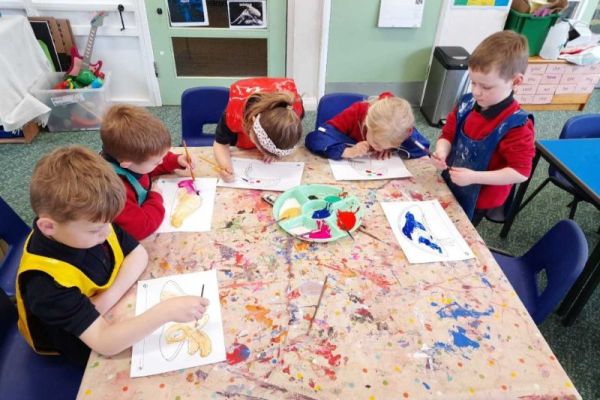
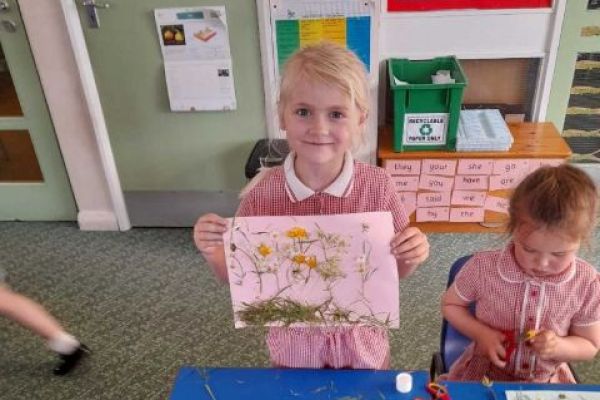
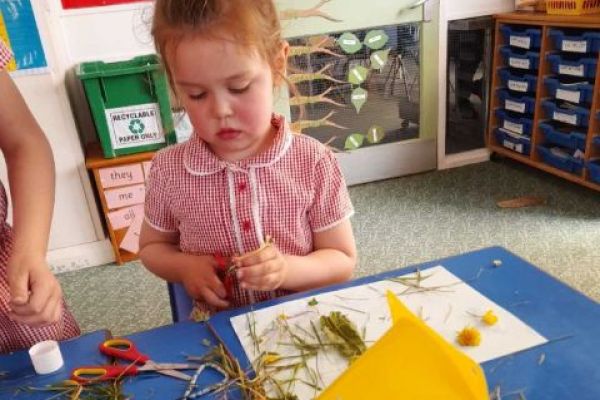
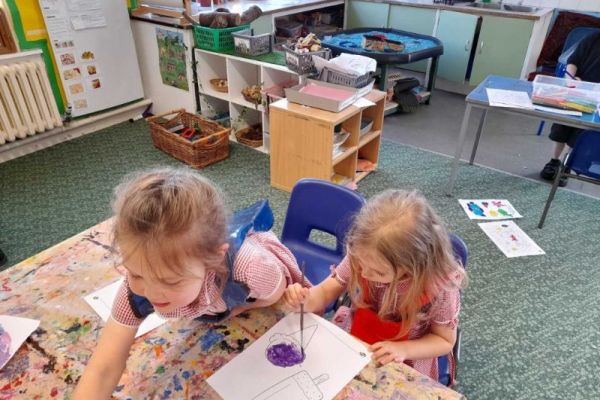
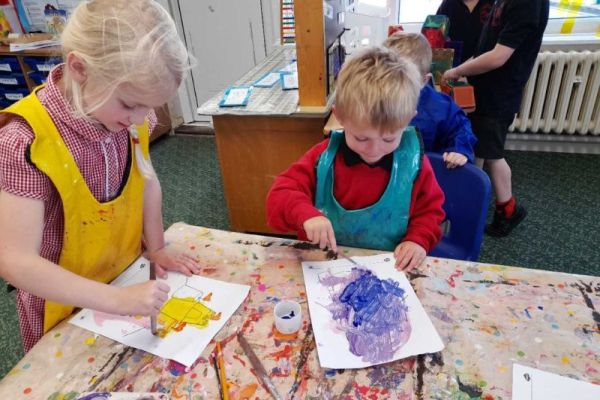
 Art Core Progression
Art Core Progression